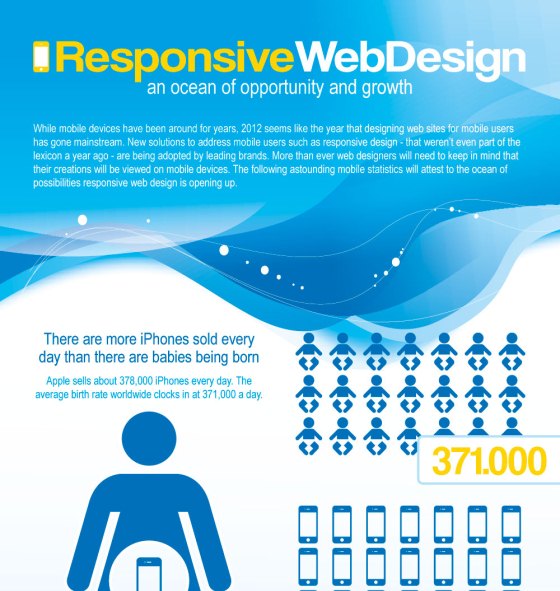Interested In Learning Just How Website Style Has Progressed? Take A Trip Through The Change
Interested In Learning Just How Website Style Has Progressed? Take A Trip Through The Change
Blog Article
Web Content Composed By-Hartley Trolle
In the past, internet sites were easy and concentrated on details. Navigation was direct, and design was for desktop computers. Currently, Learn Alot more is vital. Data overviews styles for very easy navigation. Responsive formats fit different devices. Today, dark mode decreases stress, and minimal food selections improve navigating. Interactive attributes engage individuals, and vibrant visuals stand out. AI assimilation increases engagement. See how layout has evolved to boost your on the internet journey.
Very Early Days of Web Design
In the early days of web design, simpleness reigned supreme. Web sites were basic, with limited shades, fonts, and designs. The emphasis got on supplying details instead of flashy visuals. Individuals accessed the internet with slow dial-up connections, so rate and capability were key.
Navigating food selections were straightforward, commonly located at the top or side of the page. Web sites were developed for home computer, as mobile surfing wasn't yet prevalent. Material was king, and developers focused on very easy readability over intricate layout elements.
discover here was the primary coding language used, and designers needed to work within its restrictions. Animations and interactive attributes were very little contrasted to today's requirements. Web sites were static, with little dynamic content or tailored customer experiences.
Rise of User-Focused Style
With the development of internet site layout, a shift in the direction of user-focused style concepts has actually become significantly noticeable. Today, creating websites that prioritize user experience is important for involving site visitors and accomplishing business goals. User-focused style entails understanding the demands, preferences, and actions of your target market to tailor the internet site's design, web content, and features appropriately.
Designers now conduct complete study, such as customer surveys and use screening, to collect insights and comments straight from individuals. This data-driven method assists in developing instinctive navigating, clear calls-to-action, and aesthetically attractive interfaces that reverberate with visitors. By placing the customer at the center of the style process, sites can provide a more personalized and delightful experience.
Receptive style has additionally emerged as an essential element of user-focused layout, guaranteeing that internet sites are maximized for various gadgets and display sizes. This flexibility improves ease of access and usability, accommodating the diverse means individuals connect with web sites today. Fundamentally, the increase of user-focused design represents a change towards creating digital experiences that focus on the needs and assumptions of the end user.
Modern Trends in Website Design
Check out the most up to date trends forming website design today. One prominent pattern is dark mode design, using a smooth and modern look while reducing eye pressure in low-light atmospheres. One more key fad is minimalist navigating, simplifying food selections and enhancing user experience by focusing on essential elements. Incorporating micro-interactions, such as computer animated buttons or scrolling results, can develop a much more engaging and interactive website. Receptive style stays essential, making certain seamless user experiences throughout numerous gadgets. In addition, utilizing vibrant typography and unbalanced formats can include aesthetic interest and draw attention to particular web content.
Integrating AI modern technology, like chatbots for consumer assistance or individualized suggestions, improves individual interaction and enhances processes. Accessibility has additionally come to be a significant pattern, with developers prioritizing comprehensive style methods to deal with diverse individual requirements. Accepting sustainability by maximizing internet site performance for speed and efficiency is another arising fad in web design. Teaming up with customer responses and information analytics to repeat and boost style continuously is necessary for staying relevant in the ever-evolving electronic landscape. By accepting these modern-day fads, you can produce a visually appealing, easy to use site that resonates with your target market.
Final thought
As you review the development of website style from the early days to now, you can see just how user-focused design has come to be the driving force behind contemporary trends.
Embrace the journey of adjustment and adjustment in website design, constantly maintaining the individual experience at the forefront.
Tippingpointdigital
Stay existing with the current fads and innovations, and never stop evolving your technique to produce aesthetically spectacular and user-friendly web sites.
Progress, adjust, and create - the future of website design remains in your hands.
